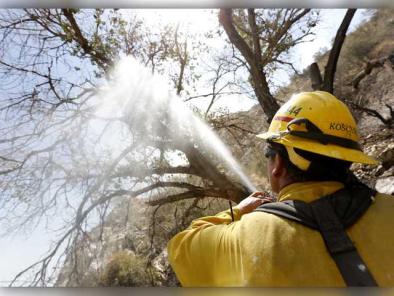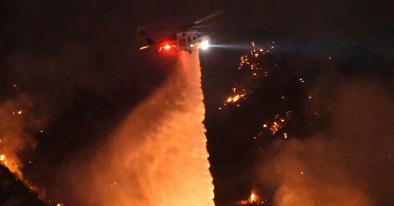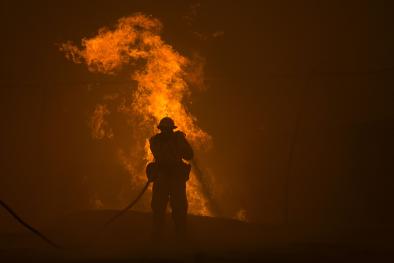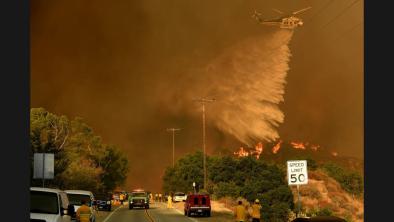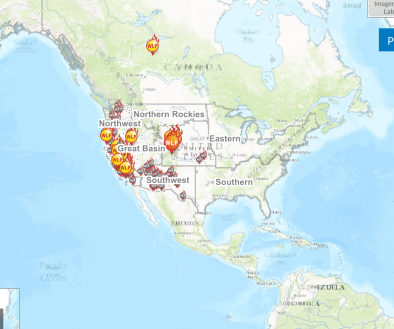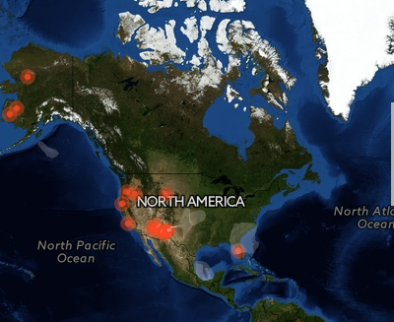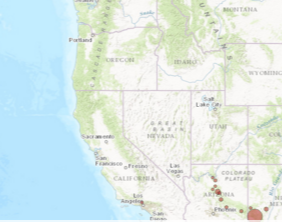Sand Fire 2016
The Sand Fire sparked up on July 22 in the Santa Clarita Valley area north of Los Angeles. Amidst record heat, the fire quickly tripled in size over the following two days to 33,172 acres, destroying at least 18 homes and leaving one man dead. By August 3, firefighters managed to contain 100 percent of the blaze that burned a total 41,432 acres.
Extreme heat and years of ongoing drought, both linked to climate change, are increasing wildfire risk in California. Fourteen of the state’s 20 largest wildfires on record have all burned since 2000.
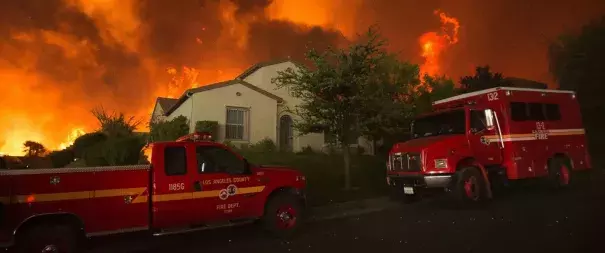
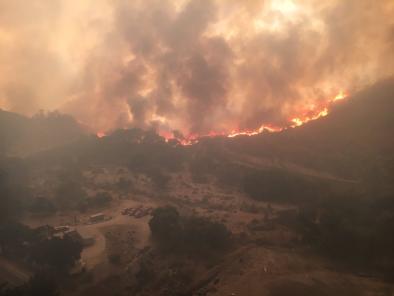
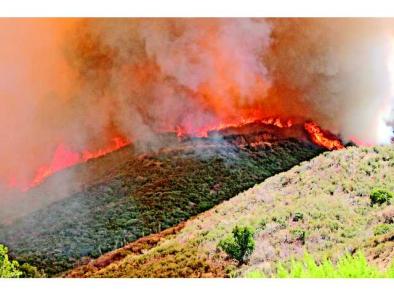
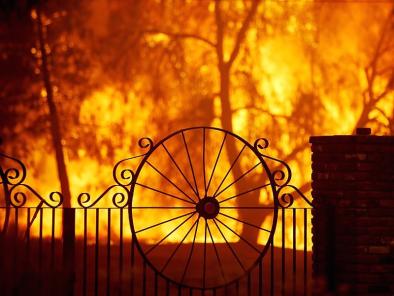
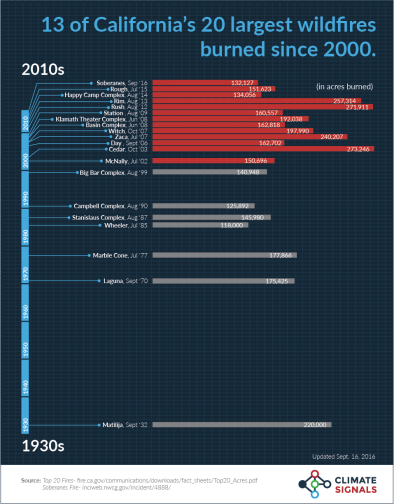
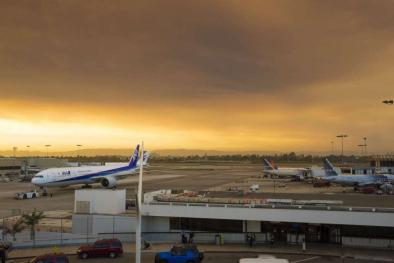
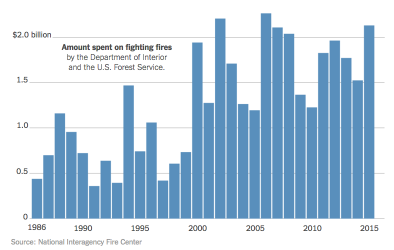
The fast-spreading Sand Fire erupted amid record heat
The Sand Fire began Friday, July 22, in the Santa Clarita Valley area north of Los Angeles and tripled in size July 23-24 to 33,172 acres, destroying at least 18 homes and leaving one man dead. As of August 3, the fire spread to 41,432 acres, and firefighters managed to contain 100 percent of the blaze.
Hot, dry and windy weather is fanning the flames of the Sand Fire, the rapid spread of which officials have pinned to record heat,[1] low humidity and gusts up to 35 mph.[2]
The fire behavior was some of the most extreme I’ve seen in the Los Angeles area in my career, says Stuart Palley, a wildfire photographer based in Southern California.[2]
Study of southern California coastal wildfires has found the weather conditions (e.g. local temperatures) are the primary driver of the size of spring and summer fires in these landscapes.[3]
I don’t ever envision the fire season ever shutting down again. In areas like southern California, the deployment of staff and resources to deal with wildfire is going to become a permanent feature rather than a seasonal one.” - Dr. Keith Gilless, Chair of CA State Board of Forestry and Fire Protection, Dean of UC Berkeley’s College of Natural Resources [4]
Drier conditions due to warmer temperatures and ongoing drought increase California’s wildfire risk
The southwestern United States has already begun a long-predicted shift into a decidedly drier climate.[5] Extreme heat and years of ongoing drought, both linked to climate change, are increasing wildfire risk in California by contributing to the frequency and severity of wildfires in recent decades.[5] Fourteen of the state’s 20 largest wildfires on record have all burned in the last 10 years.[6][7]
A formal modeling analysis has identified the fingerprint of global warming in California's wildfires, reporting that, "an increase in fire risk in California is attributable to human-induced climate change."[8]
Five years of continuous drought have weakened trees, rendering them susceptible to the bark beetle
 Higher temperatures and drought—in addition to leaving forests throughout California dry and flammable—have weakened trees and increased their susceptibility to the bark beetle.
Higher temperatures and drought—in addition to leaving forests throughout California dry and flammable—have weakened trees and increased their susceptibility to the bark beetle.
The 2015 California Forest Health Highlights Report found that drought-stricken and fire-damaged trees fueled bark beetle outbreaks of epidemic proportions in areas of coastal and southern California, as well as throughout the central and southern Sierra Nevada range.[9]
The report states that western pine beetle activity has increased on the Sawmill-Liebre Ridge of the Angeles National Forest—where the Sand Fire is located—and that tree mortality "has been persistent in this area for the past 3 years, impacting hundreds of acres of forested land."[9]
The report also finds that the polyphagous shot hole borer—an exotic beetle population—"have become fairly extensive in Los Angeles and Orange Counties."[9]
Wildfires decreasing air quality and harming human health has been well-established
By July 23, a day after the Sand Fire erupted, a cloud of smoke blanketed much of the Los Angeles region, prompting the South Coast Air Quality Management District to issue a smoke advisory for much of the county that remained in effect until midnight July 24.[10]
Exposure to smoke from wildfires increases the number of hospitalizations and medical visits associated with health issues like asthma, bronchitis, respiratory infections, and lung illnesses.[11][12]
In Nevada’s Reno/Sparks area alone, the 2008 fire season resulted in almost $2 million in hospital costs from wildfires within a 350-mile radius.[13]
Related Content
